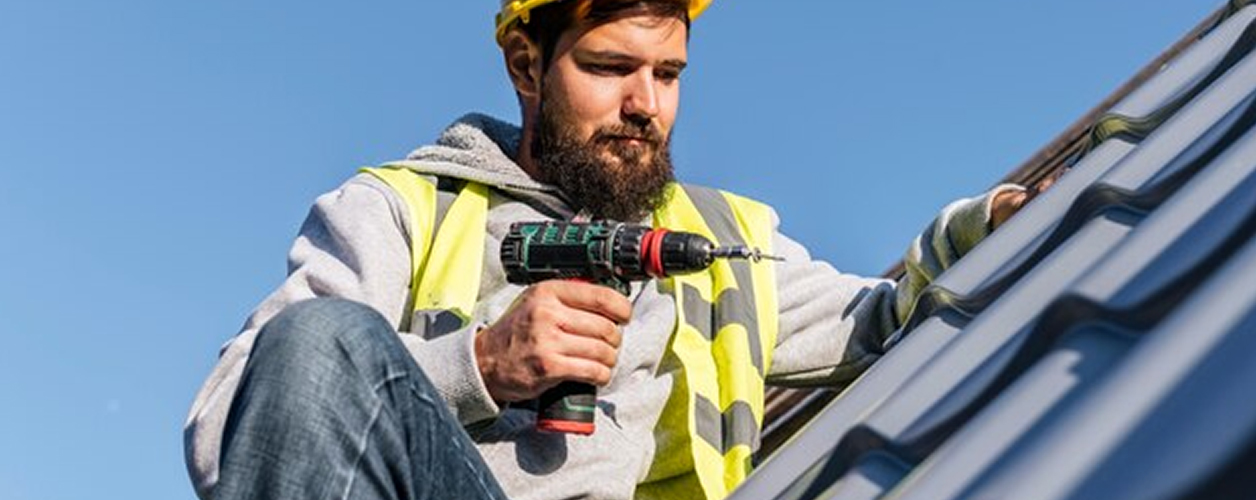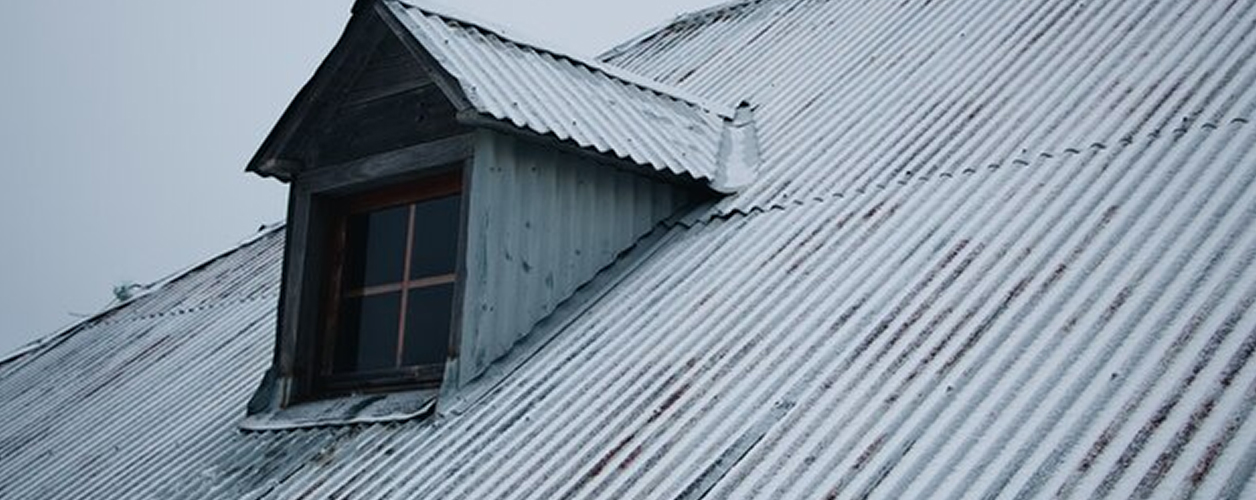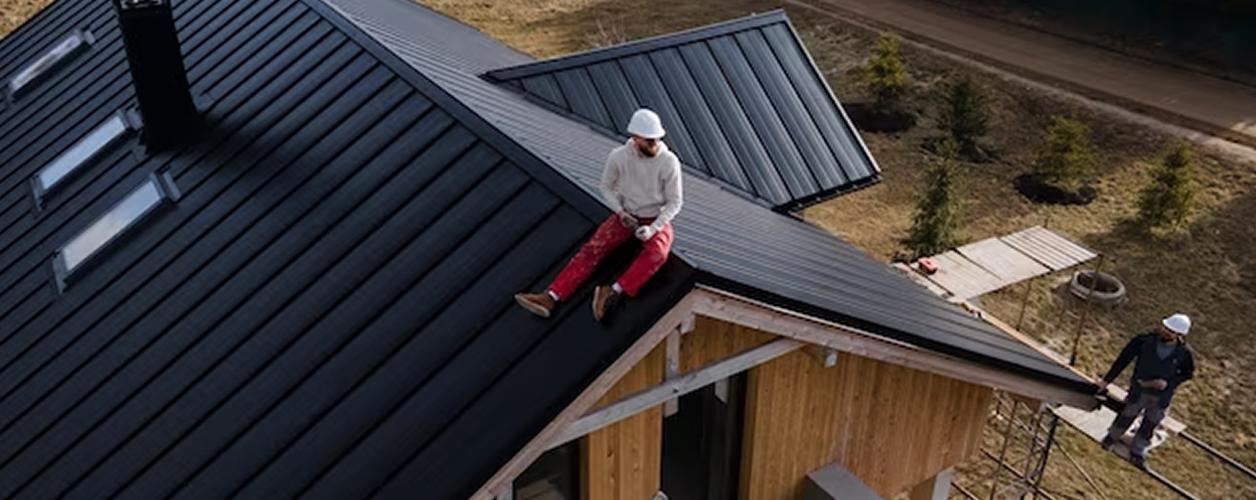Get free quotes within minutes
How to Fix a Leaking Roof?
Learn to tackle roof leaks with our DIY guide! Identify, locate, and repair minor issues on your own. Understand causes, signs, and use our step-by-step methods. Safeguard your home from potential water damage, and know when to call in professionals for comprehensive solutions.

How to Fix a Leaky Roof
A leaking roof can be a nightmare for homeowners, causing potential damage to property and putting livability at risk. However, fixing minor roof leaks doesn't have to be complicated or daunting. In this comprehensive guide, we'll walk you through the process of identifying, locating, and repairing minor roof leaks on your own.
If you've noticed water stains on your ceilings or walls, there's a chance you're dealing with a roof leak. The good news is that repairing a minor roof leak can be a simple DIY task. Before you start searching for leaks, it's crucial to check your roof, especially after major weather events like storms or hurricanes. Even the most diminutive hailstones have the potential to cause fix small roof leak situation. You need a full roof restoration for major damage and leaks.
Understanding Your Roof
Having a clear understanding of the type of roof on your property and its expected lifespan is key to maintaining its structural integrity. Different roofing materials have varying lifespans; for instance, asphalt shingles may last 20-30 years, while metal roofing can exceed 50 years. Knowing the durability and condition of your roof allows you to make informed decisions on whether minor repairs are sufficient or if a full roof replacement is required. This proactive approach helps extend your roof’s life and prevent costly damage.
Determining the Causes of Roof Leaks
Roof leaks can cause significant damage if left unchecked. Identifying the root cause of the leak is crucial to taking the appropriate action, whether it be a simple repair or a more comprehensive solution. Below are the most common causes of roof leaks:
1. Roof Cracks:
Cracks in the roof are typically the result of aging materials, poor installation, or severe weather conditions. These cracks create pathways for water to seep through, causing damage to the underlying structures. Regular roof inspections help identify these cracks early, allowing for quick repairs before they lead to larger issues.
2. Improper Slope of Roof:
The slope or pitch of your roof plays a crucial role in how well water drains off the surface. A roof with a shallow slope may allow water to pool, increasing the risk of leaks, while an overly steep slope may lead to excessive water runoff, potentially overwhelming the gutter system. Ensuring that your roof has the correct slope prevents water-related issues and prolongs the roof’s durability.
3. Flashing Damages:
Flashing is the material used around joints, such as chimneys, skylights, and vents, to prevent water from entering the roof structure. Damaged or improperly installed flashing can compromise these joints, allowing water to penetrate the roof. Regular inspections and maintenance are necessary to ensure the flashing remains intact and effective in keeping water out.
4. Tiles Damages:
Roofing tiles can be damaged by harsh weather conditions, improper installation, or impact from falling debris. Cracked or broken tiles allow water to seep into the roof structure, leading to potential leaks. Promptly replacing damaged tiles helps maintain the roof’s integrity and prevent further water damage.
5. Improper Maintenance:
A well-maintained roof is less likely to develop leaks. Neglecting routine maintenance, such as clearing debris from gutters and checking for damage, can lead to water pooling, blockages, and ultimately leaks. In such cases, it’s wise to consult professional gutter installers who can ensure your drainage system is functioning optimally to prevent future roof damage. Regular roof maintenance helps you spot minor issues before they escalate, saving you from more costly repairs in the future.
6. Excess Roof Moisture:
Poor roof ventilation can lead to moisture buildup, which weakens the roof structure and encourages mold and mildew growth. Moisture accumulation may also stem from small leaks that go unnoticed. Installing a proper waterproofing system and ensuring adequate ventilation are vital to preventing moisture-related problems.
7. Corrosion:
Metal roofing, though durable, is prone to corrosion over time, especially in areas with high humidity or salt exposure. Corroded areas weaken the roof, making it more susceptible to leaks. Regularly inspecting the roof and treating corroded spots early can help prolong the life of a metal roof.
8. Aging:
All roofing materials degrade over time due to exposure to the elements. Aging roofs become brittle, crack, and lose their ability to repel water effectively. Regular inspections are essential for detecting early signs of aging, allowing for timely repairs or replacement before significant damage occurs.
Signs of a Roof Leak: A Closer Look
- Water stains on ceilings, especially after rainfall.
- Damp spots around vents and fireplaces.
- Unexplained dripping sounds inside the home.
- Musty smell, particularly in the attic or upper floors.
- Bubbling or peeling paint during rains.
- Water stains on rafters or roof sheathing.
- Loose shingles, buckling, or curling.
- Exposed nails or damaged flashing.
- Clogged or loose gutters and downspouts.
- Moss or mould growth on exterior walls.
How to Find and Assess a Roof Leak
1. Exterior Inspection:
Begin by examining the exterior of your roof, especially after a significant weather event. Look for penetrations, holes, or visible damage around plumbing, vents, chimneys, and other projections.
2. Attic Inspection:
Access the attic during the day with a flashlight and check for evidence of leaks such as water stains, mould, or discoloration. Look for daylight entering through potential leak spots.
3. Think Like Water:
Understand that water travels downhill. The visible leak may be lower than the actual source. Common entry points include broken or missing shingles, poorly sealed flashing, or loose nails.
4. Using Drones for Inspection:
For a high-tech approach, consider using a drone for detailed roof inspection. Capture images and videos to assess areas that may be challenging to reach safely.
Testing for Roof Leaks: The Garden Hose Method
- Run a garden hose over the roof while someone monitors for interior leaks.
- Isolate small areas to pinpoint the leak source.
- Check around chimneys, skylights, vents, and other projections.
- Observe for drips, stains, or moisture inside the house.
Types of Roof Leaks and Their Locations
Common weak spots for leaks include vent pipes, chimneys, roof valleys, nails, skylights, and dormers. Damaged shingles, loose or missing nails, and ice damming can also lead to leaks.
Temporary Roof Leak Patch: Outside Repair
Materials Needed: Two by four, heavy plastic polyethylene sheeting, staple gun, nails.
Procedure:
- Wrap one end of the plastic around a two by four and staple it.
- Create a "sandwich" with a second two by four and staple them together.
- Place the pairs along the eaves and ridge to cover the leaking section.
- Weigh down the other end with another pair of two by four.
This temporary patch prevents further damage until a permanent fix is arranged.
Fixing a Leaking Roof from the Inside
If you lack access to the roof or necessary equipment, a temporary fix from the inside can be done using plywood, spare shingles, and roofing tar.
Procedure:
- Spread roofing tar around the leak from the inside.
- Place plywood or spare shingle on the tar.
- Spread additional tar around the edges to secure the patch.
- Monitor the patched areas and seek professional help when possible.
DIY Roof Leak Repairs: Tackling Smaller Issues
- Addressing "Shiners": Clip nails that missed framing, preventing them from collecting moisture.
- Vent Boots Replacement: Replace damaged vent boots using materials available at local home improvement stores.
- Step Flashing Repair: Pry shingles loose and apply galvanized metal flashing underneath for damaged step flashing.
- Caulk Replacement: Inspect and replace old or damaged caulk around walls and dormers to prevent leaks. Remember, caulk is a temporary solution for minor leaks.
When to Call a Professional Roofing Contractor
If you can't locate the source of the leak or if you're uncomfortable with DIY repairs, it's time to call in a professional roofing contractor. Ensure the contractor has liability insurance, and check your insurance policy for coverage details. A professional assessment ensures a comprehensive and lasting solution to your roof leak woes.
In conclusion, addressing minor roof leaks doesn't have to be a daunting task. With the right knowledge and a step-by-step approach, you can identify, locate, and repair these issues on your own. However, always prioritize safety, and if in doubt, seek professional help to protect your home from potential water damage. For more insights on signs indicating the need for a new roof, you might want to explore our blogs on the topic. They provide valuable information to help you make informed decisions about your roof's condition.
Capital Cities
- Roofing Contractors Services in Melbourne
- Roofing Contractors Services in Brisbane
- Roofing Contractors Services in Sydney
- Roofing Contractors Services in Adelaide
- Roofing Contractors Services in Perth
- Roofing Contractors Services in Canberra
- Roofing Contractors Services in Hobart
- Roofing Contractors Services in Darwin











